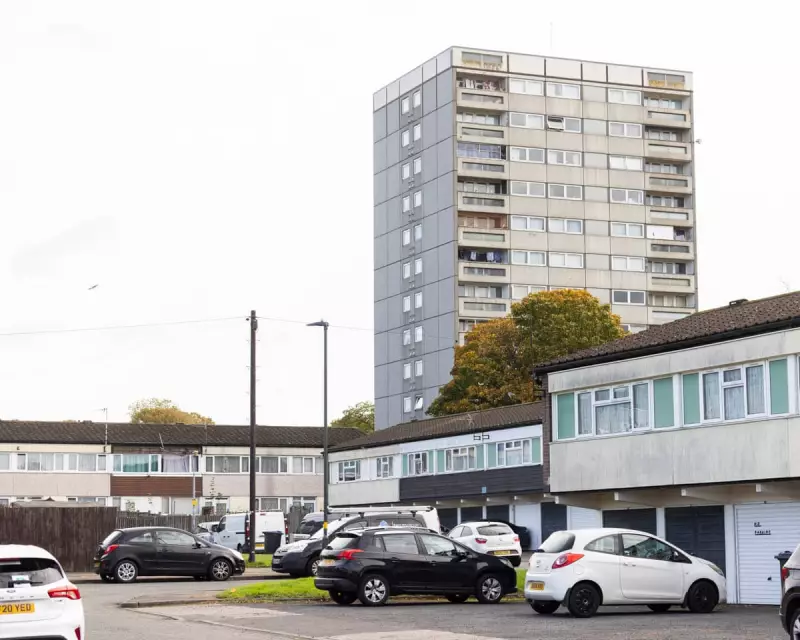
Birmingham's Controversial Regeneration Plan Gets Green Light
Birmingham City Council has narrowly approved contentious plans to demolish most of the Druids Heath estate, sparking anger and anxiety among residents who face being displaced from their homes. The decision, passed by just one vote, will see 1,800 postwar homes razed to make way for 3,500 new properties in one of the city's most ambitious regeneration projects.
Residents Voice Fears Over Affordable Housing Shortfall
The central point of contention revolves around affordable housing provisions. According to planning documents, only 400 of the new homes (11%) will be designated as affordable - representing a net loss of 800 affordable properties compared to the current estate. Dozens of Druids Heath residents packed the planning committee meeting, with shouts of "these are our homes" and "it's not enough" echoing through the chamber.
Council officials insist they're committed to eventually delivering 1,785 affordable homes through partnership agreements with developers and Homes England. Nicky Brennan, cabinet member for housing and homelessness, stated: "The scheme will not go ahead without those remaining affordable homes being delivered." However, residents remain deeply sceptical as these additional affordable units aren't guaranteed in the current planning permission.
Homeowners Face Financial Uncertainty and Displacement
For homeowners like Xylia Legonas, who was nearing the end of her mortgage payments, the news came as a devastating blow. "The first thing I thought: 'Don't tell me you're going to knock my house down'," she recalled of the moment she learned about the plans in 2023. "He basically said yes and I thought: 'What am I going to do? Where am I going to go?'"
Homeowners have been offered market value plus 10% for their properties, but many fear this won't be sufficient to purchase equivalent homes in Birmingham. Corin Ennis, who bought his three-bedroom house seven years ago, faces receiving approximately £180,000. "With the best will in the world, £180k is not going to touch the sides of what these new houses are going to cost," he said. "We're not going to be able to really buy anything for that in Birmingham."
The council has proposed shared ownership options for homeowners wishing to return, but many outright owners are reluctant to take on new financial commitments. Legonas, who planned to be mortgage-free with her daughter, now faces leaving Birmingham entirely to afford homeownership.
Council Tenants Face Decades of Uncertainty
For the estate's 1,200 council tenants, including Rita Patel who lives in a specially adapted accessible property, the timeline presents additional challenges. While council tenants are promised rehousing under a right to return scheme, Patel's home falls in the final phases of the project, meaning she could wait 15-20 years before moving. "I could be living here in a building site for a very long time, with the looming thought of eventually having to move," she said. "I'm finding it really, really scary - the reality of it for the people here."
Located on one of Birmingham's highest points, Druids Heath contains the city's most deprived area and has seen minimal investment since its construction in the 1960s as Britain's largest industrialised housing scheme. While most residents acknowledge the need for improvement, many question whether wholesale demolition represents the right approach.
Jayne Murray, lead artist at a local arts centre, commented: "Investment is a completely different thing to demolition. It is really extreme and harmful. They're doing it all over the city; it's not just here. They're just not valuing what's here and the people who are here."
The Druids Heath decision forms part of broader regeneration plans across Birmingham, with areas including Ladywood, Digbeth and the city's markets also earmarked for large-scale redevelopment. As residents grapple with the implications, fundamental questions remain about what constitutes truly affordable housing and whether regeneration should prioritise community preservation alongside physical renewal.





